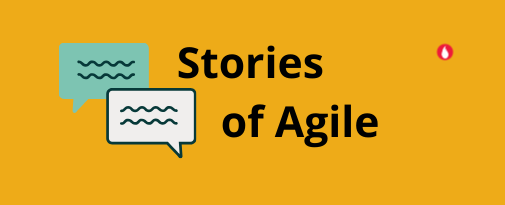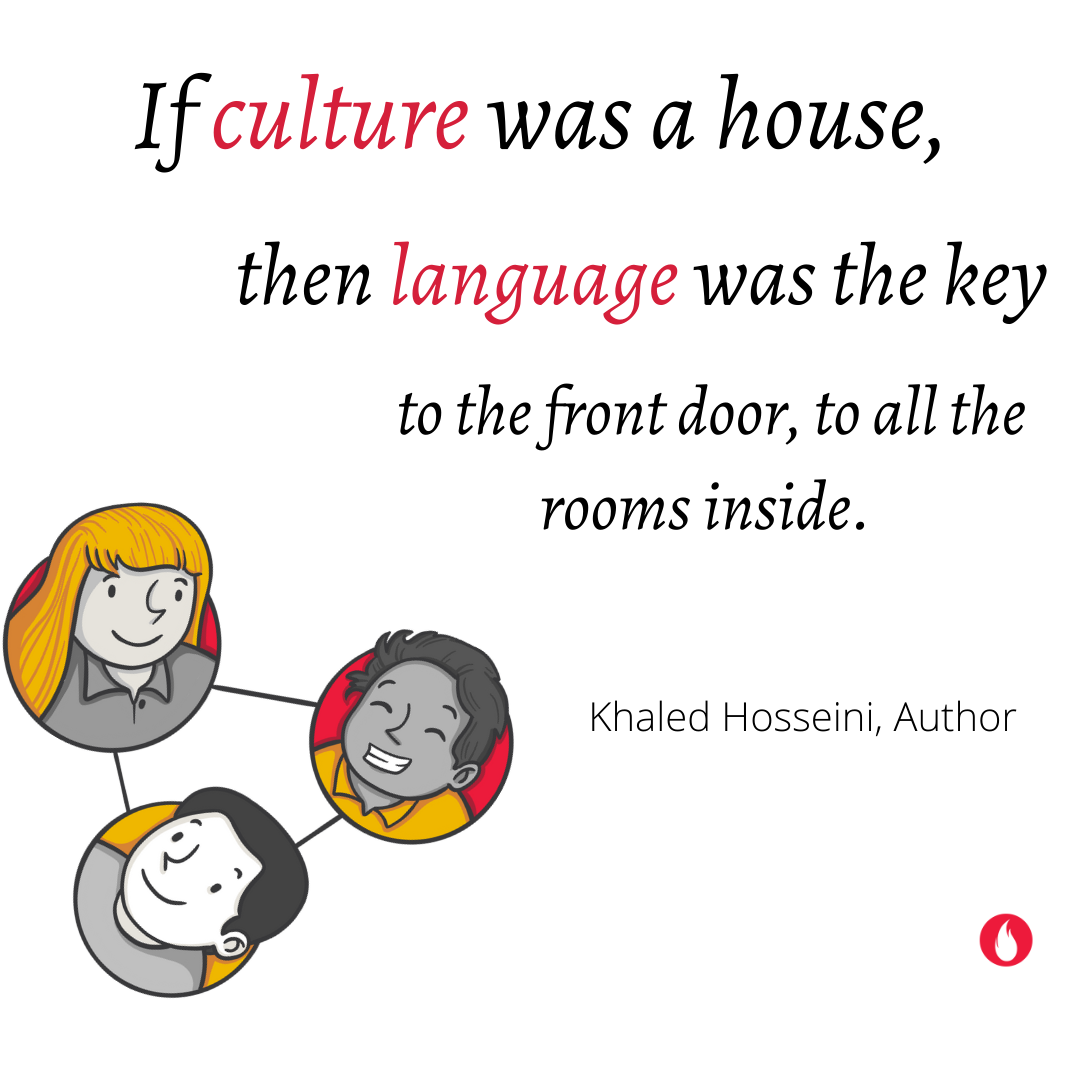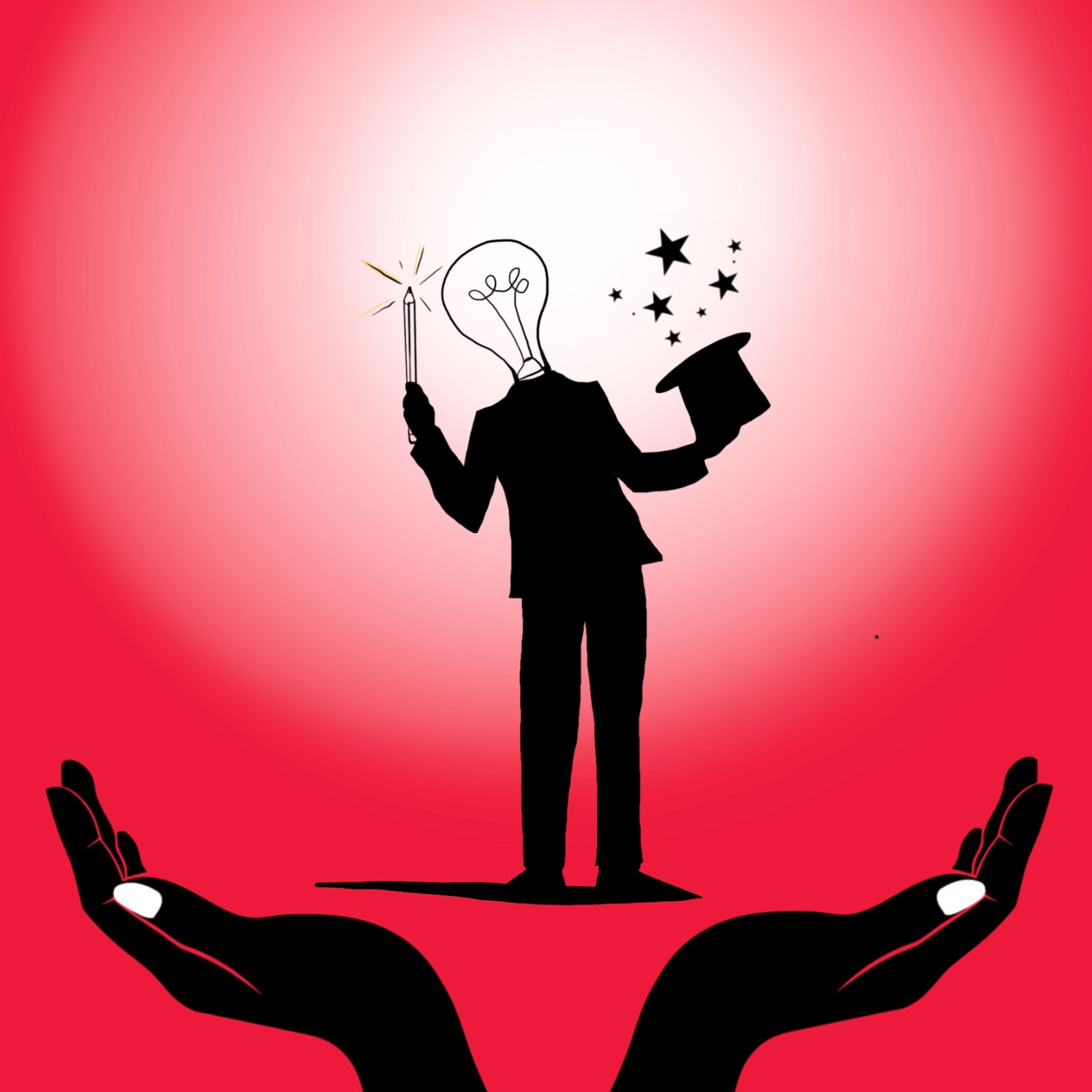PayPal, one of the biggest financial institutions in the world with more than 13,000 employees, has its origins with some of the most entrepreneurial names of our times. Elon Musk, Peter Theil, and close to 20+ other CEOs of tech firms like YouTube, Yelp, worked in PayPal in the early 2000s. It was surprising that inspite of the presence and influence of these successful names in technology, the PayPal team went through a period where innovation slowed down. PayPal then turned to Agile to bring them back to their innovative ways. This edition explores how PayPal clubbed Agile transformation with organisation structure redesign and culture. It has interesting anchors for leaders of teams across industries. Let’s dive in.
PayPal Story
PayPal was created by merging two firms in 1999. X.com created by Elon Musk and Confinity created by Peter Theil and Max Levchin came together to create what we now know as PayPal. The team experienced massive growth and also disagreements between leadership teams. Elon Musk was ousted in a board room battle in 2000 but he kept his equity in the firm. PayPal was then sold to Ebay and went public with a 1.5B$ IPO in 2002.
The PayPal team however began to struggle. They hired Kirsten Wolberg who had experience with rolling out the Agile transformation at Salesforce earlier. PayPal launched their organisation-wide transformation with Agile in 2013. In the preceding 18 months they had only managed 3 new product lines. Competition was getting intense and they could no longer afford the slow rate of innovation. Teams were working hard but were finding limited results. Many projects at PayPal were abandoned without sufficient thought creating wastage. Their need to change was immense. Adopting Agile helped them move from 3 innovations in 18 months, to 57 innovations in the next 18 months. But they just didn’t start off with Scrum teams for Agile, they did more. Without structure and process change, they could not have been able to get the desired results from Agile.

Agile stories
PayPal’s Agile transformation included adopting Scrum as a methodology across their teams. They had 300+ teams in PayPal and needed everyone to transition to Agile. They evolved a matrix to achieve this transition:
- Every new project would begin using Agile,
- Projects which were 50% or more completed, could choose to either continue that project in waterfall, or switch to Agile. The choice was left to the teams.
PayPal recognised that while they were mandating an organisation wide switch to Agile, getting too prescriptive about how teams worked, would be counterproductive. Removing agency from teams would take away engagement, discretionary effort and creativity. The very things team’s need to create better outcomes. So, PayPal had only two rules for teams in this entire transformation. All other choices on ways of working were made by teams themselves. The two rules?
- Every team across the organisation would work on two-week sprints.
- All work would be added on a common tool called Rally, creating the needed transparency across the org.
Ingredients for success at PayPal’s transformation
Teams had clear accountability structures and enablement sessions on adopting Agile. They spent effort and resources on co-locating teams and encouraging adoption. A few key things stand out in the way PayPal went about their Agile transformation.
- Creating a shared language between teams.
- Emphasising on experiments to make decisions
- Dealing with the unspoken fears of teams and team members.
In this edition let’s explore how creating a shared language for the teams was critical in building a positive team culture. We will revisit the emphasis on experiments and dealing with unspoken fears in the next edition of the Agile OWL.
Shared language builds culture
“If culture was a house, then language was the key to the front door, to all the rooms inside.”
— Khaled Hosseini, Afghan-born American novelist and physician
One of the biggest questions we are asked when working in culture transformation is how do we spread the word across the organization? How do we align different teams to embrace this change? Creating a common language throughout the organisation accelerates change.
Language shapes reality. The way we talk, the words we choose reflect what is important to us, what we value and the possibilities we seek to create. Being present to this facet, PayPal leaders adopted a new set of words. The meaning of these were clearly articulated and experienced, thereby ensuring the creation of a shared language.
A few examples from PayPal of this shared language are given below. The table shows what the language used to be (what was) and what it became (will be) after the transformation. This is taken from the whitepaper published on the PayPal website detailing their transformation:

Language is a lens to behaviour. While leading change in organisations a common language is a necessary phase for everyone to feel invited, understand its implications and jump on board. Creating a shared set of words, listening to the stories narrated in teams, watching the words leaders use are all useful clues to understand and accelerate change. We featured language as a powerful tool in the OWL Despatch edition which has a few more tips for leaders.
Apart from one story which captures the human centric change in the world of Agile, the Agile OWL brings to you every fortnight, the latest reads, books, trivia, and quote from the world of Agile and its methodologies. Stuff that caught our attention. This is edition 31 and we carry seven useful links for you. Tell us what you thought of them.

From social media:
- ‘I’m done’ is what we say with most tasks. Unless we agreed on what done looks like, this leads to a lot of rework and issues within teams. Here is an article which captures why its important to define what done looks like.
- Have you asked yourself, what could go wrong with this before you embark on a task or project? You are not a pessimist; you simply are conducting a premortem. It helps you step outside the box you have unwittingly created for yourself. Some useful tips here.
From the bookshelf:
- Carl Rogers book ‘On Becoming A Person’ is a must read. It packs amazing insights for each of us and not just for folks in therapy!
From the tool box:
- The Monty hall problem has befuddled generations. People still argue about the best way to approach it. Here is your chance to play and solve the puzzle. Pro tip? Watch for probability as the propensity does not apply here!
From the trivia & fact box:
- Elon Musk’s exit from PayPal is full of boardroom wrangles. Initially Elon was chairman of the company, while Peter Theil and Brian Harris (then CEO) had many differences. Peter Theil quit. Elon Musk valued Peter Theil’s contributions and brokered a deal to bring him back. Elon Musk then the role of CEO and Peter Theil that of Chairman. In less than a year Elon Musk was fired as CEO by Peter Theil and the board!
#AgileQuotes to sign off:

Note : This post is Edition 31 of the Agile OWL from the OWL umbrella. The Agile OWL is a newsletter focused on the human experiences and stories within agile transformations .Sign up to receive the newsletter here




November 9, 2021, 7:06 am
November 23, 2021, 6:43 am
December 21, 2021, 7:11 pm